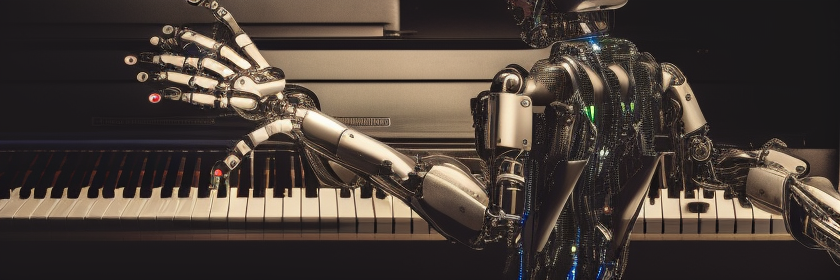Welcome to w/k!
w/k – Zwischen Wissenschaft & Kunst addresses everyone interested in the interfaces between science and art – and especially artists, scientists and curators who deal with this topic professionally. The online journal consists of a German and an English section. This introductory text gives an overview of our concept.
0. What does w/k mean?
The title of the online journal ‘w/k’ refers to the German language terms ‘Wissenschaft’ (science) and ‘Kunst’ (art). Usually ‘Wissenschaft’ is translated as ‘science’, although it is much broader and includes every systematic knowledge producing enterprise and research activity (cf. Duden), and thus also, for instance, the humanities.
1. The sections of w/k
The online journal consists of seven sections: Articles by Artists (section 1), Articles about Artists (section 2), Interviews with Artists (section 3), Art-Related Scientists (section 4), On ‚Art and Science‘ (section 5), About w/k (section 6) and Aesthetics & Art Theory (section 7).
2. The objectives of w/k
The first main objective is pursued in sections 1-3: The aim here is to work out as precisely and comprehensively as possible the individual science-art connections existing among artists in individual studies and to develop the underlying artistic concepts in order to enable a deeper understanding of these art forms.
As far as art is concerned, w/k focuses mainly on the visual arts (painting, sculpture, installation art, photography, film/video, performance), but other art forms are also considered at the margins. In the medium and long term, a comprehensive overview of what is happening in the large field of ‚Science and fine arts‘ [Wissenschaft und bildende Kunst] is to be gained. It is characteristic of the w/k profile that in the first three sections (Articles by Artists, Articles about Artists, Interviews with Artists) standardized principles are applied so that comparable results can be achieved.
The cases mentioned, which in a broader sense can be described as science-related artists, correspond to tantamount phenomena among scientists, whom we call – also in a broader sense –
Artistic scientists. These are scientists who refer to artistic concepts/methods/results in their teaching, research and professional publications; they will be referred to in section 4.
In section 4 (Art-Related Scientists), the second main objective is pursued: The manifold individual connections between science and art as well as the scientific concepts behind them are to be worked out in order to enable a deeper understanding of these forms of science. Standardized principles will also be applied here in order to achieve comparable results.
Section 5 On ‚Art and Science‘ is the place for contributions which do not belong to areas 1-4 consisting of individual studies, but which nevertheless deal with aspects of the major topic ‚Art and Science‘ [Kunst und Wissenschaft]. Section 5, for example, includes:
- Philosophical reflections on the relationship between science and art in general or on aspects of this relationship.
- Development of concepts of artistic research.
- Reflections on topics such as ‚neuroscience and art‘ or ‚biology and art‘.
These studies can be undertaken with both historical and systematic intentions, whereas both perspectives mutually enrich each other.
The third main objective of w/k is to achieve sustainable advances in knowledge through contributions of this or a comparable kind in relation to aspects of the major theme ‚art and science‘.
Section 6 Aesthetics & Art Theory plays a complementary supporting role: w/k does not see itself as a forum for aesthetic and art-theoretical contributions of all kinds, but – after editorial consultation in each case – permits selected studies of this kind, especially if these are able to stimulate discussion in the other areas.
Section 7 About w/k is the place for texts that present the program of the online journal and provide information to the authors.
3. On the definition of science-art connections in w/k
In the sections 1-3, three types of an individual science-art connection, which can also be connected with each other, are distinguished:
Type 1: An individual works primarily as a (visual) artist, but is also active in science, which also includes publication activities. We call such individuals crossover artists between (visual) art and science.
Type 2: As science-related artists – in a narrower sense – we call those who base their artistic work on scientific theories/methods/results.
Type 3: Moreover, there is cooperation between at least one artist and at least one scientist.
In Art-Related Scientists (section 4) there are also three types:
Type 4: An individual works primarily as a scientist, but is also artistically active. We call such individuals crossover artists between science and (visual) art.
Type 5: As Art-Related Scientists – in a narrower sense – we refer to those who base their scientific work on artistic concepts/methods/results.
Type 6: In addition, there is cooperation between at least one scientist and at least one artist (e.g. in a course).
4. The target groups
w/k is aimed at all those who are interested in the interfaces between science and art. In addition, we target four special target groups: The first are (visual) artists who, at least in certain development phases, realize one or more science-art connections. The second are scientists who investigate the connections between science and (visual) art in more detail. The third are art-related scientists. The fourth are scientists and in particular, theorists who strive for well-supported advances in knowledge in relation to aspects of the major topic ‚Art and Science‘ [Kunst und Wissenschaft]. Overall, this is an innovative project in many respects, from which artists, art scholars, art theorists and other scientists, curators and art enthusiasts can benefit. Artists and scientists from all over the world are invited to contribute. The editorial staff is looking forward to a productive collaboration with artists, scientists and interested laypersons.
The concept of w/k includes further points, which are described in detail in More about w/k.
